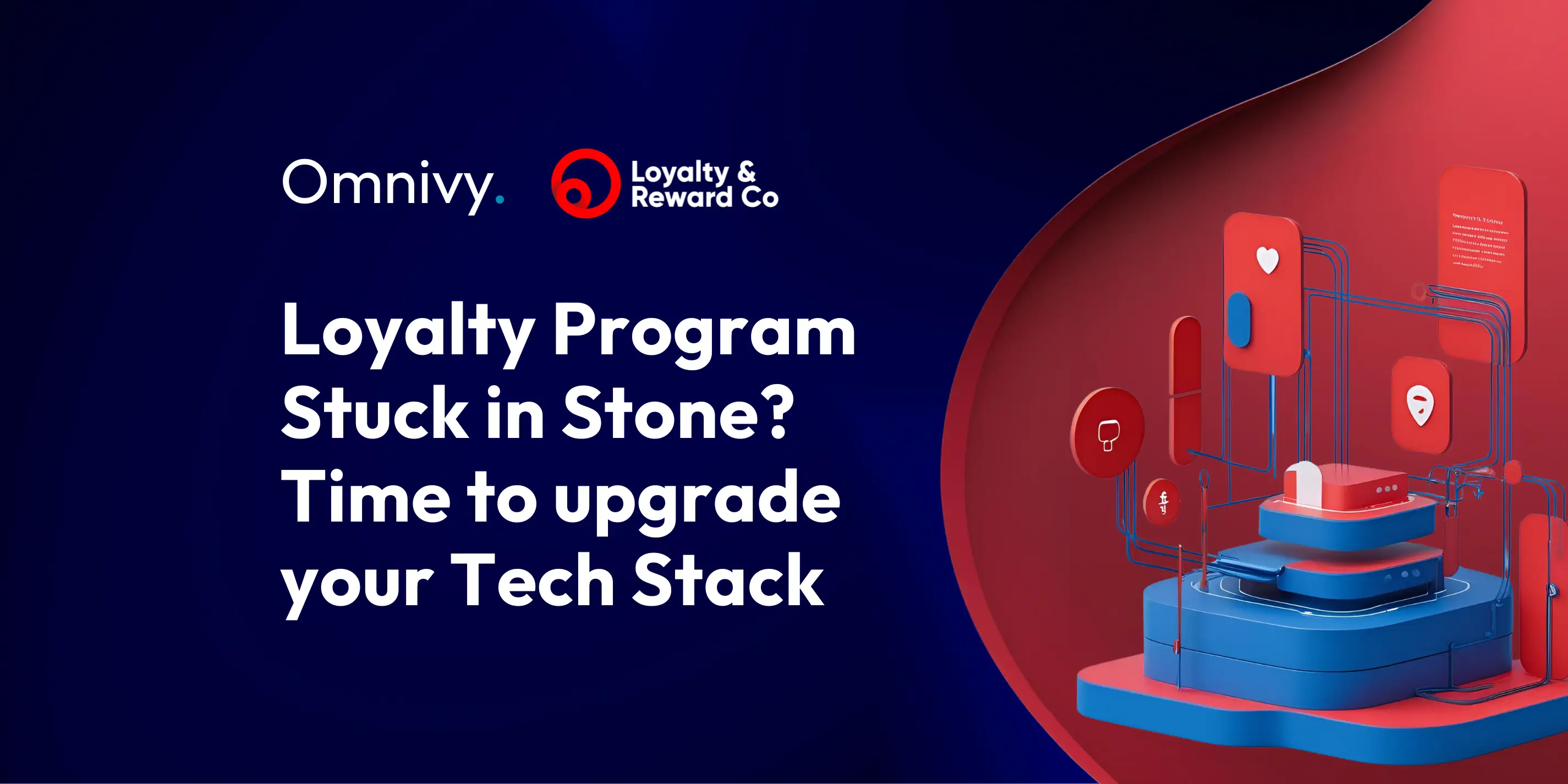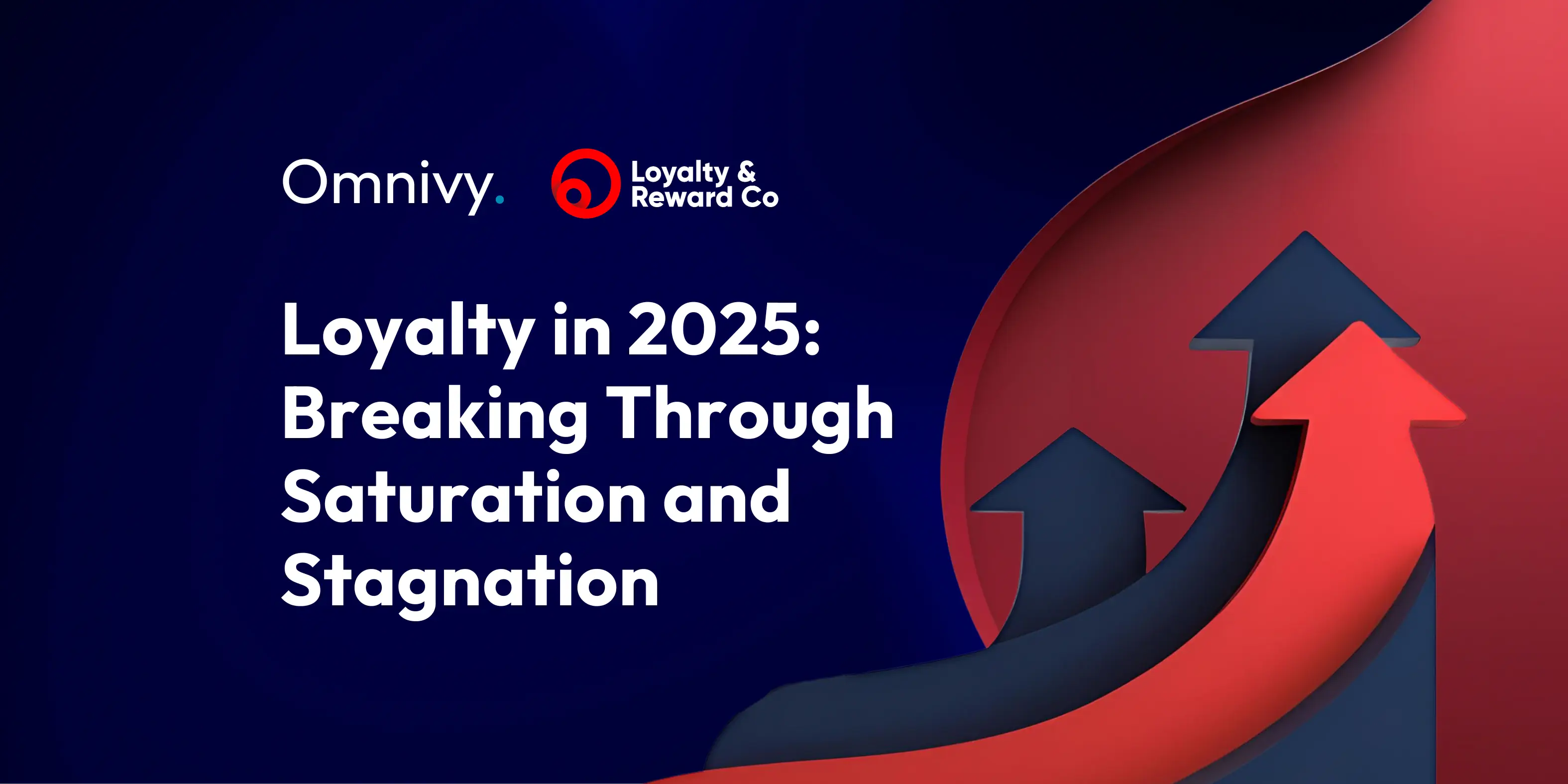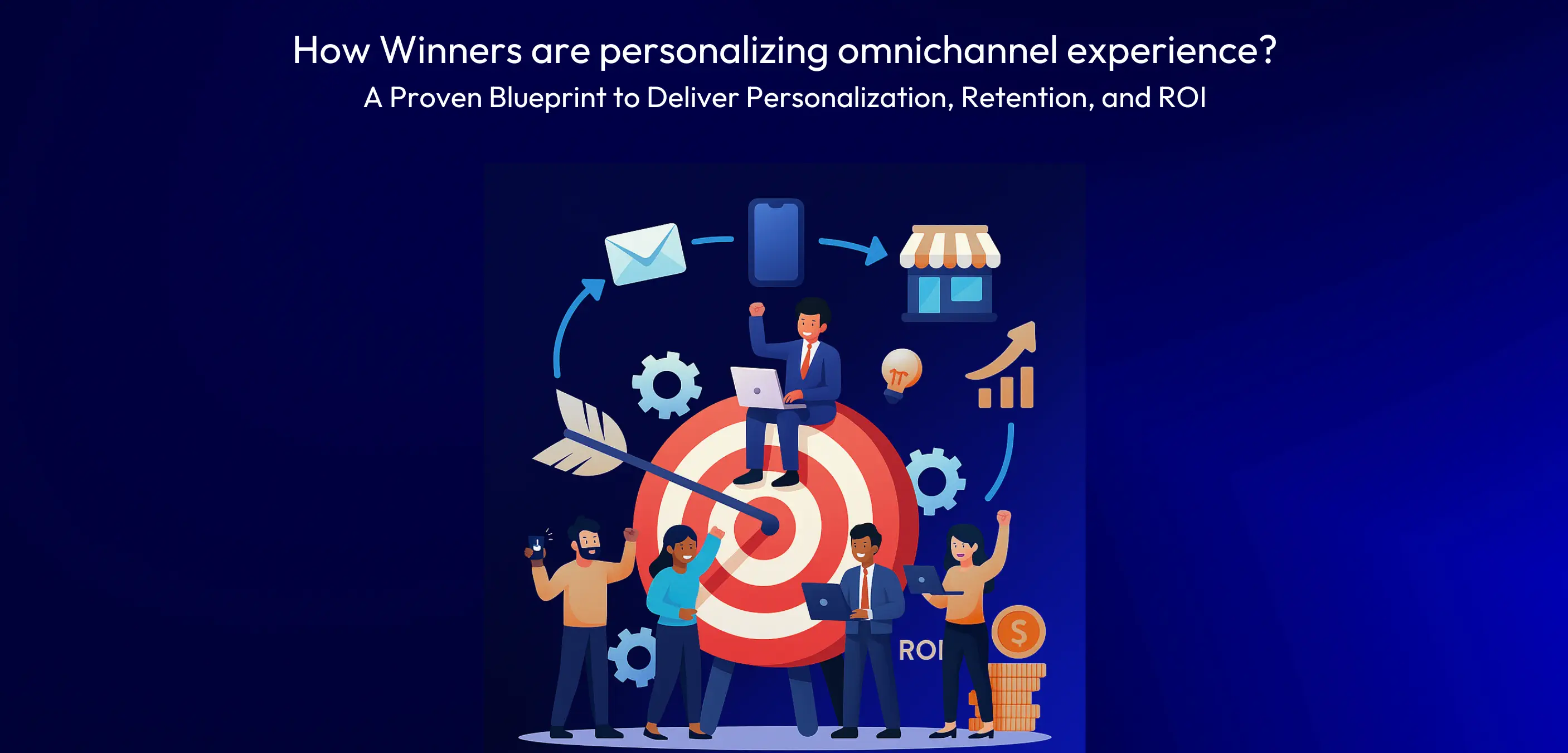Personalization has become the cornerstone of successful customer engagement strategies, particularly in loyalty programs. By tailoring experiences to individual preferences, behaviors, and contexts, brands can create deeper connections and drive sustained loyalty. However, achieving effective personalization requires a strategic approach, robust technology, and a clear understanding of the customer journey.
This article introduces a practical, five-level framework for personalizing loyalty programs - ranging from simple, rules-based logic to dynamic, AI-powered experiences. Each level reflects not just a different degree of complexity, but a different maturity in how systems, data, and teams work together to create value for the customer.
We break down what’s possible at each stage, what kind of tech and data you need to get there, and what kind of results you can expect. Along the way, you’ll find expert insights, common pitfalls, and real-world examples from brands that are doing it right (and a few that learned the hard way).
Why should businesses care about personalization?
The answer is simple (and surprisingly not “it depends” for once): customers want it. And when done right, they’ll reward you for it.
Let’s start with the numbers. 71% of consumers now expect personalized experiences, and 76% say they get frustrated when brands don’t deliver (McKinsey & Company, “Next in Personalization 2021”).
Even more telling? Shoppers spend up to 54% more when the experience feels tailored to them (Twilio Segment, “State of Personalization 2023”).
And no, we’re not just talking about a first-name email. We’re talking relevant offers, timely nudges, and loyalty perks that actually reflect what they’ve done, liked, or ignored.
Now, here’s the catch: while customers want personalization, they’re not handing over their data blindly. 71% say they’re increasingly protective of their personal info, and 59% admit they only feel comfortable sharing it when strong privacy policies or regulations are in place (Salesforce, “State of the Connected Customer 2024” & Cisco, “2024 Consumer Privacy Survey”). In other words: personalization is powerful, but only when it’s transparent, respectful, and clearly beneficial.
This is the sweet spot where smart loyalty programs thrive. The top performers in 2025 aren’t the ones throwing discounts at everyone. They’re the ones that use data responsibly to deliver real value for their customers: a skipped line at checkout, a product suggestion that makes sense, or a tier upgrade that feels earned.
Level 1: Basic Segmentation
At the foundational level, personalization begins with simple segmentation techniques. The goal is to distinguish members of the loyalty program from non-members and create basic tiers based on engagement levels.
As highlighted in McKinsey’s research, loyal customers are 64% more likely to purchase more frequently, and 31% more willing to pay a premium for products and services they trust. That’s why identifying and nurturing loyal customers is a critical step toward driving long-term, sustainable revenue growth.
Key Techniques:
- Member vs. Non-Member Offers: Creating exclusive discounts or promotions for program members.
- Tiered Memberships: Implementing status levels (e.g., Bronze, Silver, Gold) based on spending or engagement. Each tier offers progressively better benefits to incentivize higher participation. A tiered program is one of the ways in which brands can increase personalization and differentiate from competition - and at the same time give special treatment and a personal experience to their VIP customers.
Expert Tip: Start by analyzing basic customer data, such as purchase frequency and total spending, to define thresholds for tier progression. Clear communication about benefits and tier requirements is essential.
Example: Sephora’s Beauty Insider program uses tiered memberships (Insider, VIB, Rouge) to provide escalating perks, including early access to sales and free beauty classes, encouraging customers to spend more to reach higher tiers.
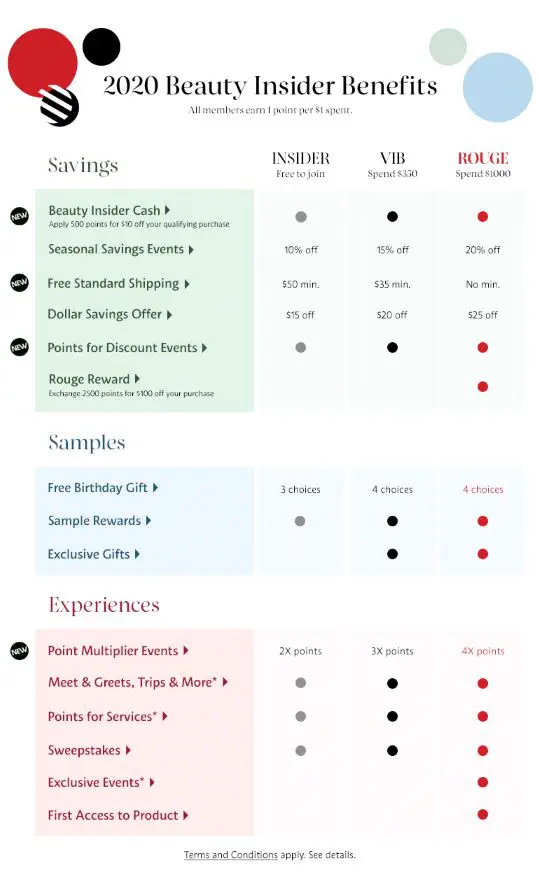
More on tiered loyalty programs and other loyalty mechanics? Check out our guide to choosing effective loyalty mechanics!
Source: https://sephora.com/beautyinsider
Level 2: Profile Segmentation
Building on basic segmentation, profile segmentation focuses on static customer attributes such as demographics, location, and account status. This enables more tailored offers and communications.
Key Techniques:
- Demographic-Based Offers: Creating campaigns targeted at specific age groups or genders.
- Location-Based Promotions: Offering regional deals or incentives for in-store visits.
- Account-Based Insights: Personalizing rewards based on customer-specific factors like points balance or membership tenure.
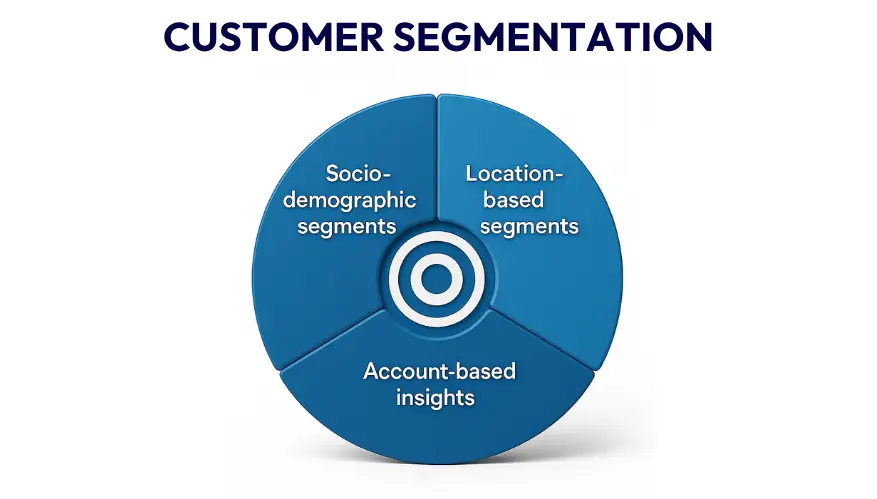
Expert Tip: Use CRM data to segment your audience effectively and test different messaging for various groups to identify what resonates best.
Example: McDonald’s app provides location-specific deals, such as exclusive discounts in areas where a new store opens, driving foot traffic and local engagement.
Level 3: Behavioral Segmentation
Behavioral segmentation uses customer actions and patterns to create dynamic groups. By analyzing purchase history, frequency, and preferences, brands can target customers with highly relevant offers.
Key Techniques:
- RFM Analysis: Segment customers based on Recency, Frequency, and Monetary value to understand your most valuable customers, detect churn risks, or identify dormant members worth reactivating.
- Category Preferences: Offer targeted promotions for frequently purchased categories.
- Churn Prevention: Identify customers who have not made recent purchases and send re-engagement offers.
- Activity segments: Analyze what customers are doing inside your program: Are they participating in campaigns? Earning points but not redeeming them? Ignoring emails but engaging with the app? Have they responded to a survey? These micro-behaviors help you design nudges and incentives that actually match how people use the program.
Expert Tip: Invest in analytics tools to track and interpret customer behavior. Leverage this data to create predictive models that identify opportunities for engagement.
Example: Starbucks’ Rewards app uses behavioral data to suggest personalized drink offers, boosting sales and engagement during non-peak hours.
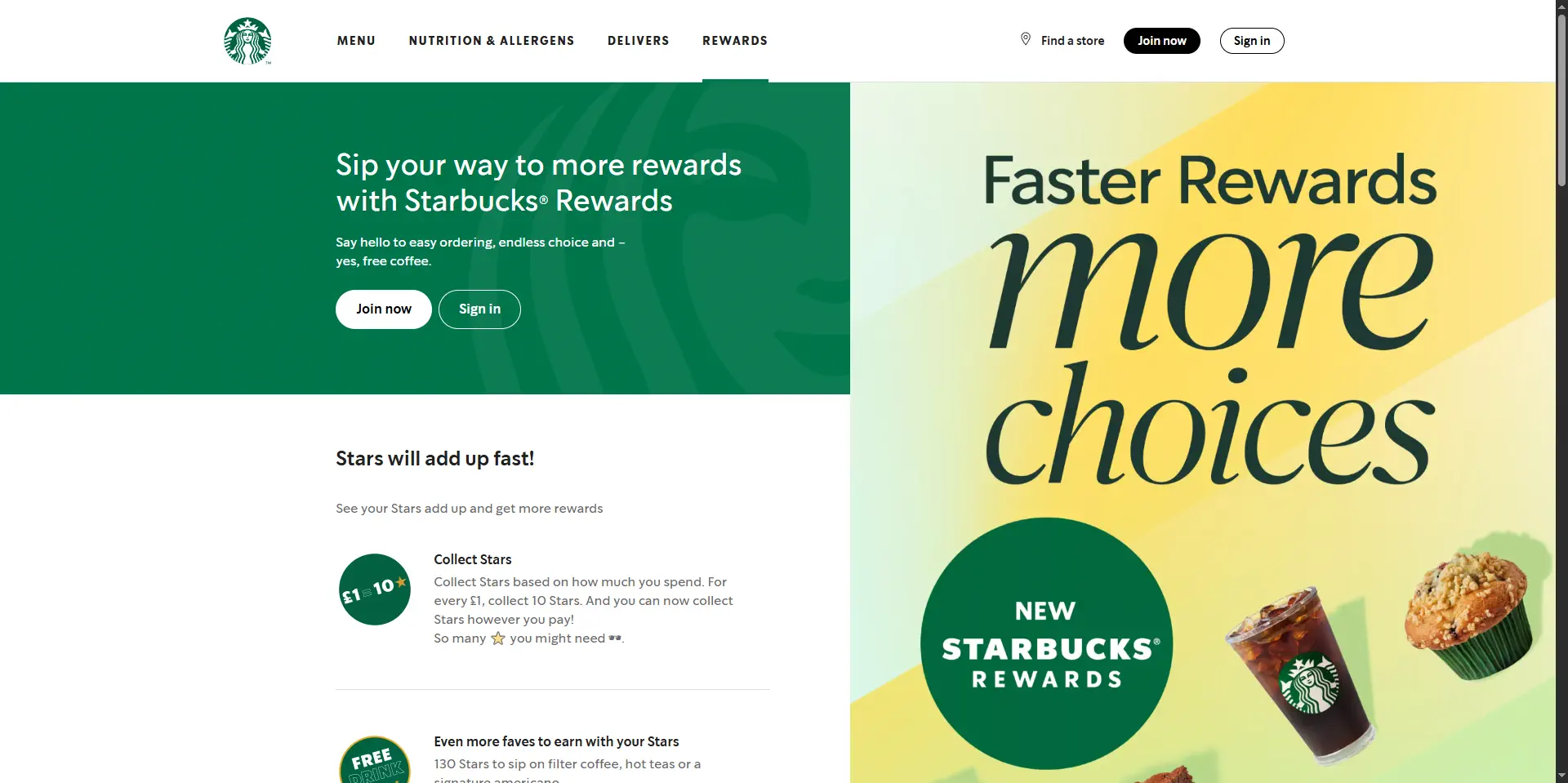
Source: https://www.starbucks.co.uk/rewards
Level 4: Omnichannel Personalization
This level integrates personalization across all customer touchpoints, ensuring consistent and seamless experiences regardless of the channel. It requires robust integration between loyalty engines and interaction platforms.
Brands struggle to provide consistent loyalty experiences across channels, leading to customer dissatisfaction and missed engagement opportunities. Synchronizing customer data from e-commerce to in-store experiences is crucial for a cohesive, omnichannel approach. Yet most brands aren’t there. Our Integrated Loyalty Report 2025 found that 47 % of loyalty teams name fragmented systems as their #1 blocker, while 63 % suffer long integration timelines that stall new campaigns.
Key Techniques:
- Journey Mapping: Define personalized moments across channels based on customer personas.
- Real-Time Offers: Use purchase history and interaction data to deliver in-the-moment rewards.
- Cross-Channel Consistency: Ensure offers and messaging are unified across online, in-store, and mobile experiences.
Expert Tip: Omnichannel personalization demands strong data integration. Invest in a composable loyalty stack that connects marketing automation, CDP, CRM, and POS systems.
Example: Nike’s loyalty program provides personalized recommendations online and exclusive perks in-store, such as free training sessions, creating a cohesive customer journey.
You can find more on omnichannel in our Decoding Omnichannel Guide.
Level 5: AI-Driven Hyper-Personalization
At the highest level, hyper-personalization leverages AI and machine learning to anticipate individual customer needs and deliver contextually relevant experiences.
Key Techniques:
- Predictive Recommendations: Suggest products or rewards based on browsing history, past purchases, and seasonal trends.
- Contextual Messaging: Adjust offers dynamically based on real-time factors like location, weather, or time of day.
- Automated Engagement: Use AI to send tailored notifications, such as reminders about expiring points or restocked favorite items.
- AI promotion-ideation engines: These tools scan performance data and propose the next promotion—selecting the optimal discount type, target segment, and timing—to maximize engagement potential.
Expert Tip: Combine customer-volunteered data (e.g., preferences, goals) with machine learning models to create truly personalized experiences. Pilot AI initiatives with a specific customer segment to refine your approach.
Example: Amazon Prime’s recommendation engine uses AI to suggest products based on user behavior, while its dynamic pricing and personalized offers enhance customer satisfaction and retention.
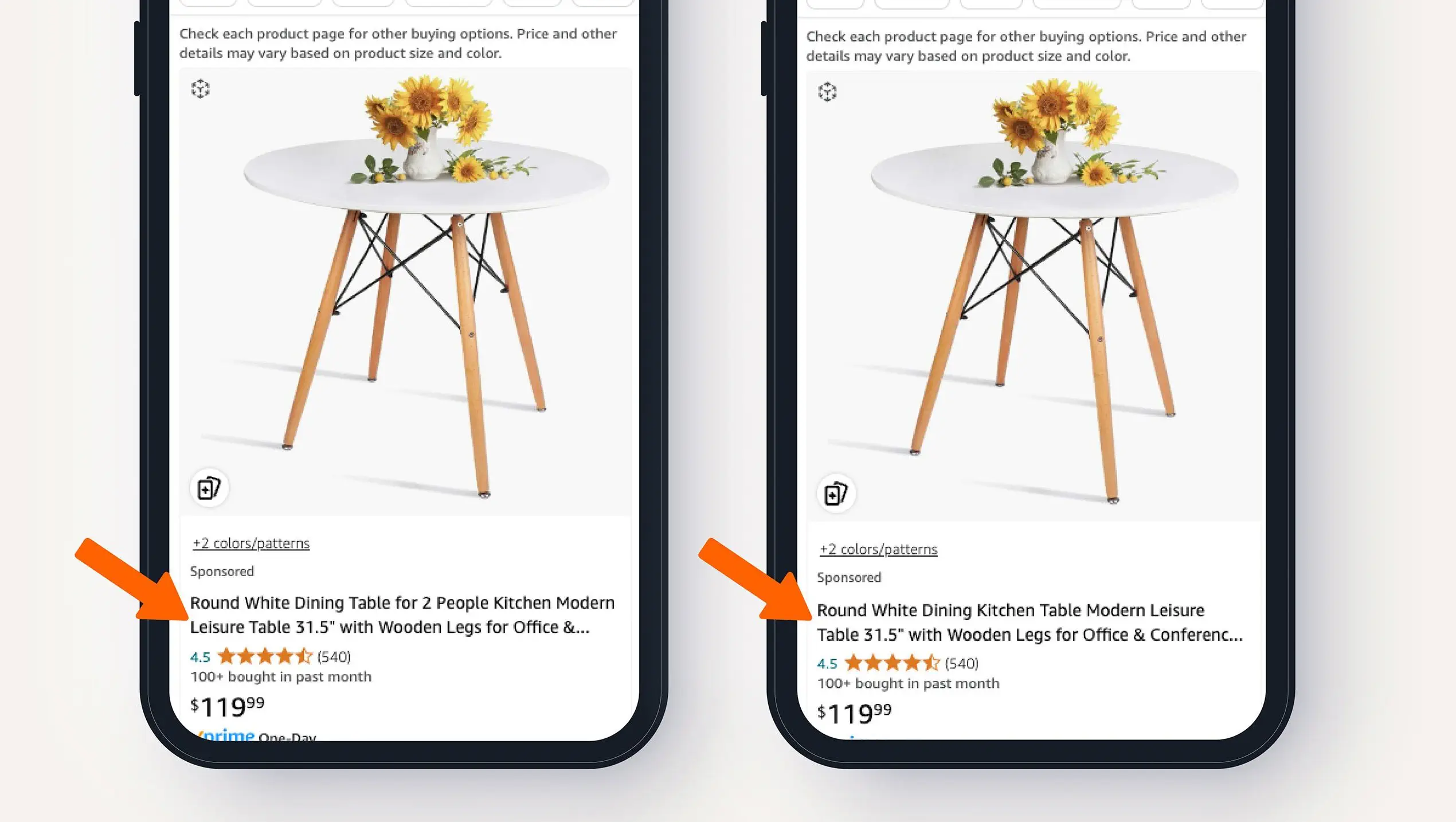
Source: Amazon News
If piloting Generative AI is on your 2025 agenda, check out our article on KPIs for piloting generative AI in loyalty marketing.
Conclusions
Personalization is a journey, and each level builds upon the previous one to create increasingly sophisticated and impactful customer experiences. By implementing these five levels of personalization, brands can:
- Increase customer engagement and satisfaction.
- Enhance the effectiveness of loyalty programs.
- Drive revenue growth through tailored interactions.
As customer expectations evolve, personalization will remain a critical driver of loyalty. Organizations that invest in the right strategies, technologies, and expertise will be well-positioned to stand out in a competitive market.
![Personalization Guide for Loyalty Programs: Creating Meaningful Customer Experiences [2025 Update]](/img/blog/personalization-guide-for-loyalty-programs/personalization-guide-for-loyalty-programs.webp)

